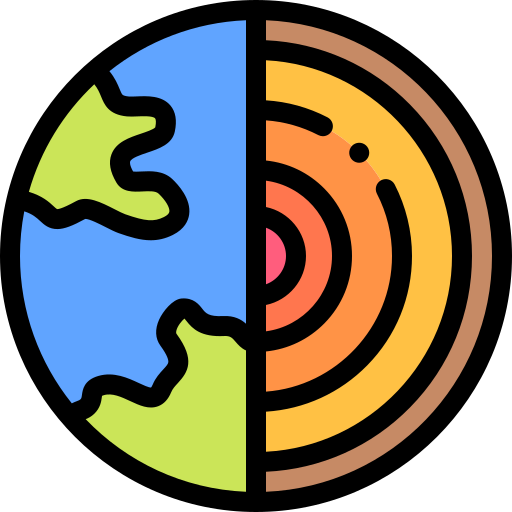This is the best summary I could come up with:
At the 2023 Fall Meeting of the American Geophysical Union, scientists discussed what they’ve found when it comes to just how our planet has been shaped by asteroids that impacted the early Earth, causing everything from voluminous melts that covered swaths of the surface to ancient tsunamis that tore across the globe.
Predictions of the size and frequency distributions of this space flotsam indicate “that there has to be a substantial number of objects larger than, say, 1,000 kilometers in diameter,” Marchi said.
Armed with the size and number of impactors, Marchi and colleagues built a model that describes, as a function of time, the volume of melt this battering must have produced at the Earth’s surface.
Magma oceans were in the past, but impactors greater than 100 kilometers in diameter still melted a lot of rock and must have drastically altered the early Earth.
Unlike smaller impacts, the volume of melt generated by objects of this size isn’t localized within a crater, according to models.
During the first billion years or so of Earth’s history, nearly the entire surface would have featured a veneer of impact melt at some point.
The original article contains 607 words, the summary contains 191 words. Saved 69%. I’m a bot and I’m open source!



